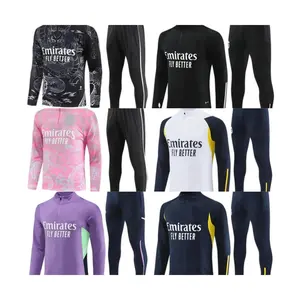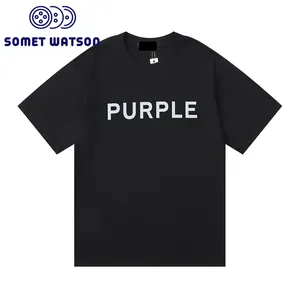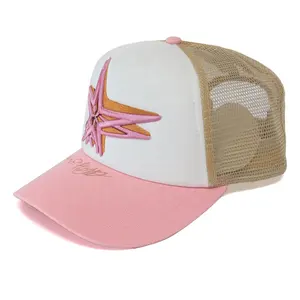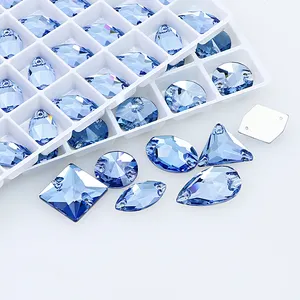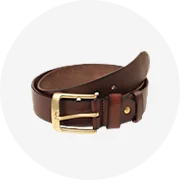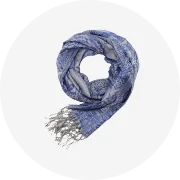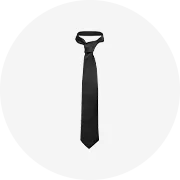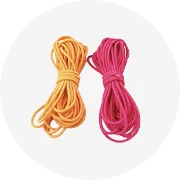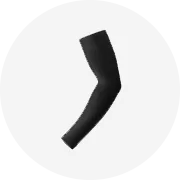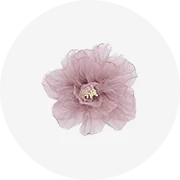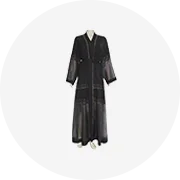Phổ biến trong ngành của bạn





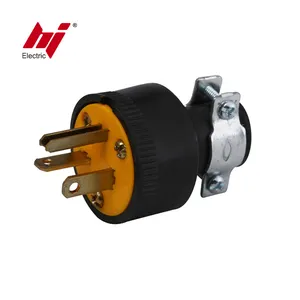











































































































































































































Các danh mục hàng đầu
Giới thiệu về phích cắm saso
Khám phá bộ sưu tập đáng chú ý được xếp hạng cao nhất. phích cắm saso tại Alibaba.com và khám phá các tính năng đáng kinh ngạc với các giao dịch hấp dẫn. Không chỉ làm những điều này. phích cắm saso mang lại cảm giác gần gũi với nhau nhưng cũng thể hiện tính trật tự và kỷ luật giữa những người mặc. Đồng thời,. phích cắm saso làm tăng thêm cảm giác thân thiết, uy quyền và gắn kết của quân đội.
Được làm từ các loại vải đẹp, các. phích cắm saso rất bền. Chúng cũng rất bền và khó bị phá hủy do các tác động cơ học. Mặc dù sức mạnh ngoạn mục của họ, các. phích cắm saso cực kỳ thoải mái cho người mặc vì những phát minh tiên tiến trong thiết kế của họ. Theo đó, người mặc có thể di chuyển dễ dàng khi mặc chúng. Sự lựa chọn đa dạng bao gồm các kích cỡ khác nhau đảm bảo tất cả mọi người đều có được sự hoàn hảo. phích cắm saso theo kích thước và hình dạng cơ thể của họ.
Tất cả. phích cắm saso tại Alibaba.com tự hào về màu sắc và bản in tuyệt vời mang đến khả năng ngụy trang hoàn hảo. Chúng cũng trao quyền cho người mặc tùy theo điều kiện thời tiết và khí hậu. Trang web có. phích cắm saso hoàn toàn phù hợp với sa mạc, rừng, tuyết và các môi trường đa dạng khác theo nhu cầu của người dùng. Các. phích cắm saso đi kèm với các tính năng phụ kiện hỗ trợ nhân viên hoàn thành nhiều công việc, chẳng hạn như mang thêm các vật dụng cần thiết khi làm dịch vụ.
Hãy để tiền mang lại cho bạn lợi nhuận tốt nhất bằng cách chọn hấp dẫn nhất. Tùy chọn phích cắm saso tại Alibaba.com. Độ bền, hiệu quả và chức năng mà họ cung cấp đảm bảo cho thẻ giá của họ. Mua chúng ngay hôm nay và trải nghiệm một giá trị tuyệt vời cho tiền. Bạn cũng sẽ tiết kiệm được nhiều thời gian và sức lực khi trải nghiệm mua sắm trực tuyến tiện lợi tại trang web.
